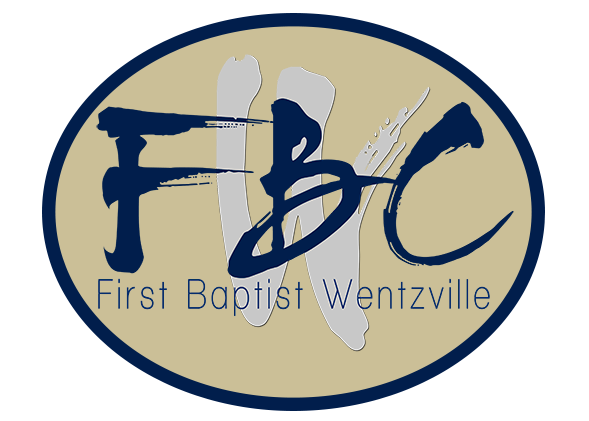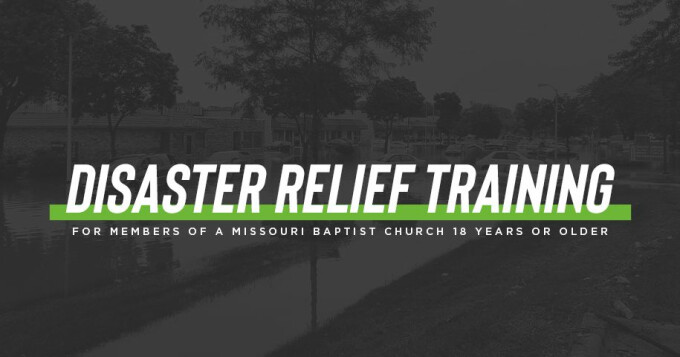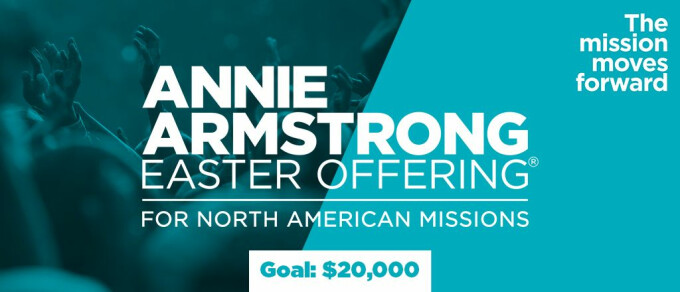Disaster Relief Training coming in April
Last fall, then again last month, we introduced you to the services provided by the Missouri Baptist Disaster Relief ministry. If you missed it, the Southern Baptist Disaster Relief (SBDR) has teams across the country, of which, Missouri Baptist Disaster Relief (MO Bap DR) is part. The organization works with several national and international agencies including the Federal Emergency Management Agency (FEMA), The American Red Cross, and state and local first responders to help the community rebuild and the people recover.
Training is provided four times a year around the state, but with eight regions to cover, it only comes to our region every other year. The next nearby opportunity will be at First Baptist Church O’Fallon on Friday evening April 9 and Saturday, April 10.
If you are interested in joining you must be 18 years old, and a member of a Missouri Baptist church to be certified as a Missouri Disaster Relief Volunteer. All trainees must submit a background check request and attend Introduction to Disaster Relief. Once trained, the individual receives their yellow hat, shirt, and MO Bap DR identification which is required to enter hard hit areas that are secured by police. Recertification will not be needed for five years.
Available classes are:
- Food preparation and distribution. Cook, hand out, clean up and start again.
- Chainsaw crew’s clear trees and other major obstacles after tornados, hurricanes, floods.
- Clean-up teams help homeowners salvage and recover after fires, tornadoes, hurricanes, floods, etc.
- Communication teams provide tools where radio and cell phones are inoperable. The bring in their own equipment to provide team communication.
- Chaplain and Crisis Intervention provides spiritual care for the devastated survivors.
- Damage Assessment provides a preliminary assessment of the extent of damage, number of homes and businesses affected and so on.
- Emergency Medical personnel often work with other qualified emergency response units.
- Mud-out teams assist in the removal of mud and other debris following a flood. This includes washing, sanitizing, and removing contaminated material.
- Reconstruction teams rebuild and make permanent repairs to churches, homes, and other building affected by the disaster.
- Shower and Laundry team provides water for showers and laundry for the team
- Water Purification is provided by a unit that can purify large amounts of water
Registration fees and requirements:
- First time volunteers: $40
- Recertification (badge is expired or expiring this year): $20
- Cross Training (badge is not expired or expiring this year): $5
To register go online to the Missouri Baptist DR training site at https://mobaptist.org/dr/dr-training/ and sign up.
Natural disasters are not scheduled, but we can prepare for them. We must plan and be ready before that need arises. If you have questions or this is something that is of interest to you, contact me, Glen Locklear, at 636.327.8696 or email .



